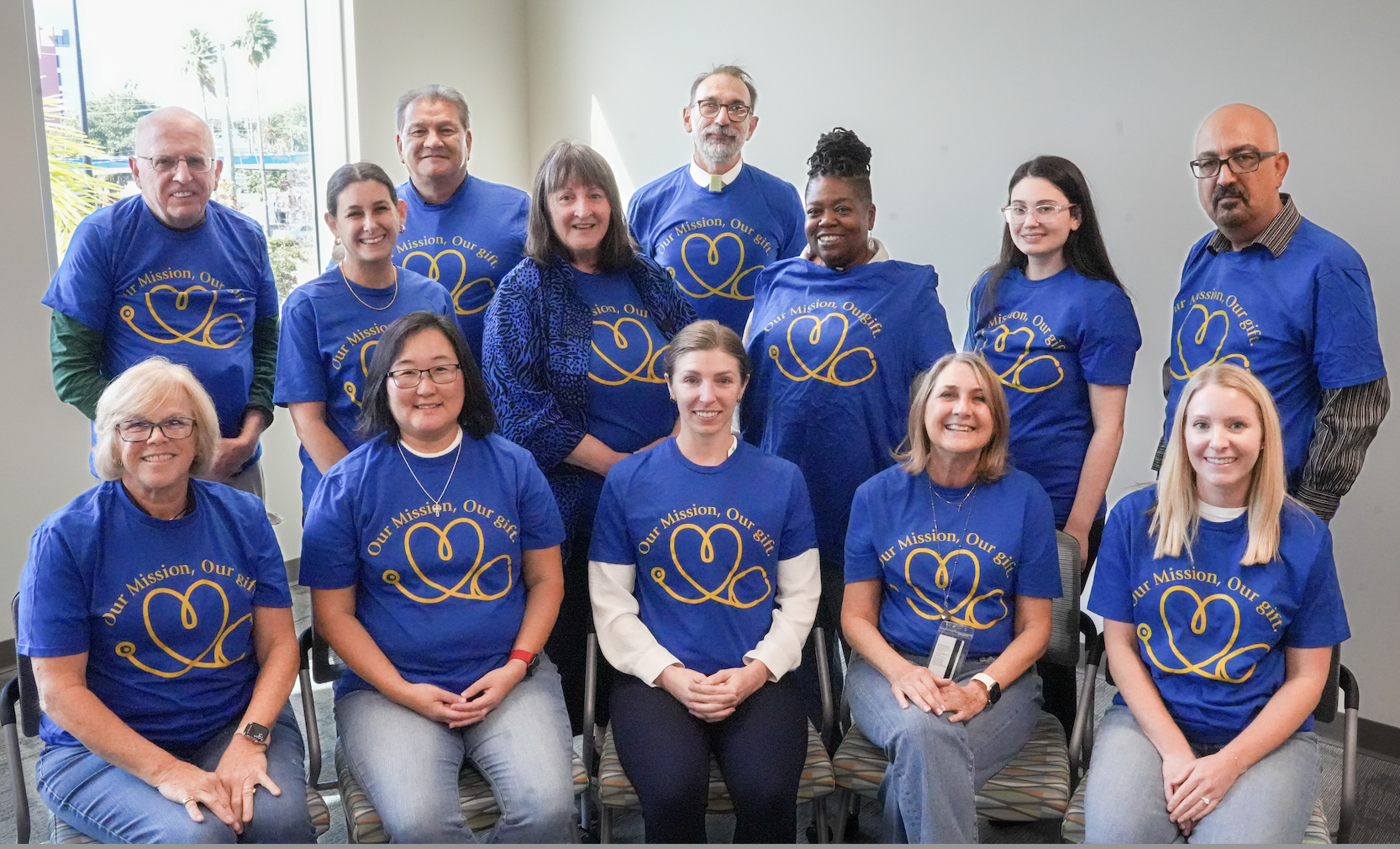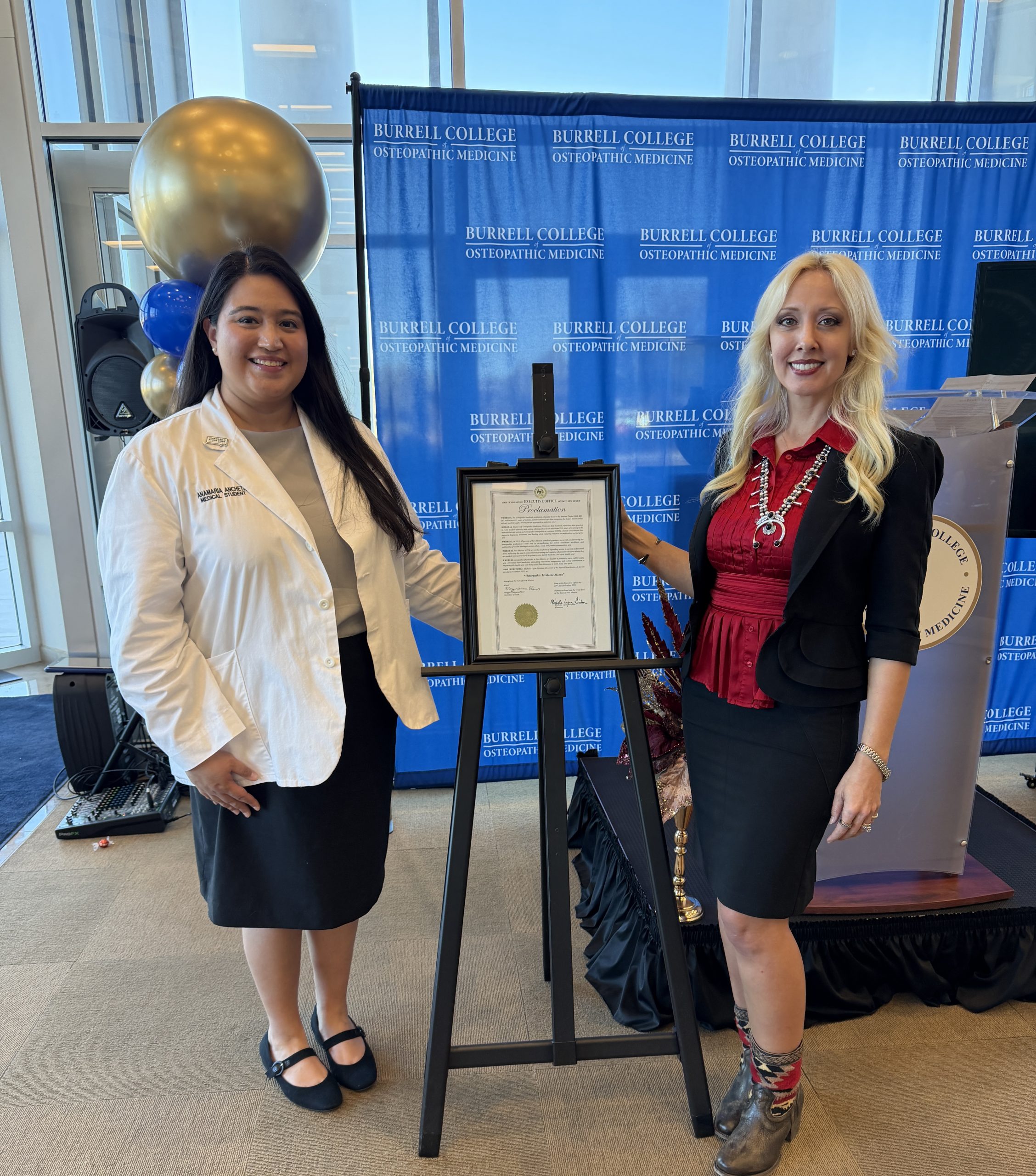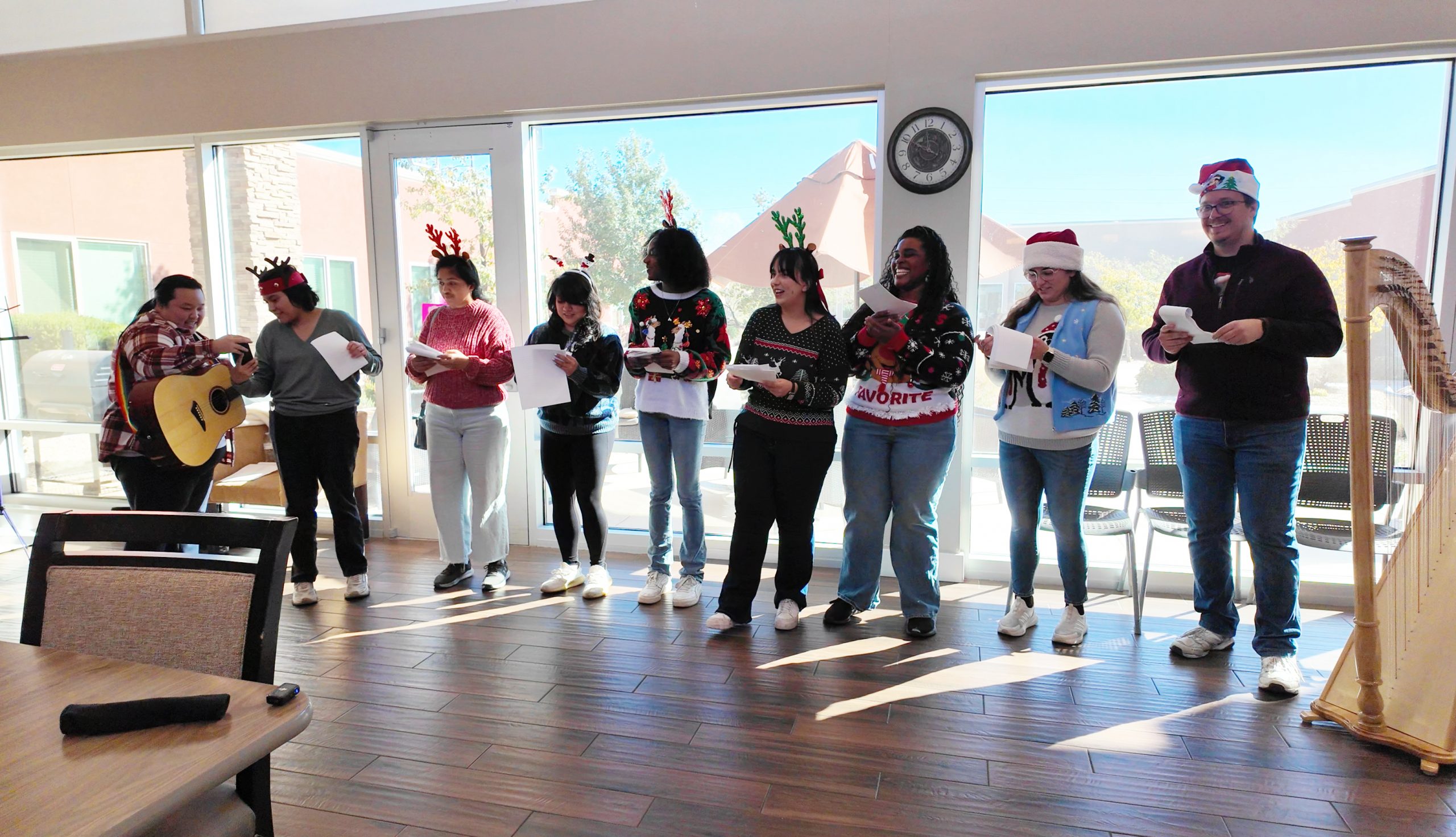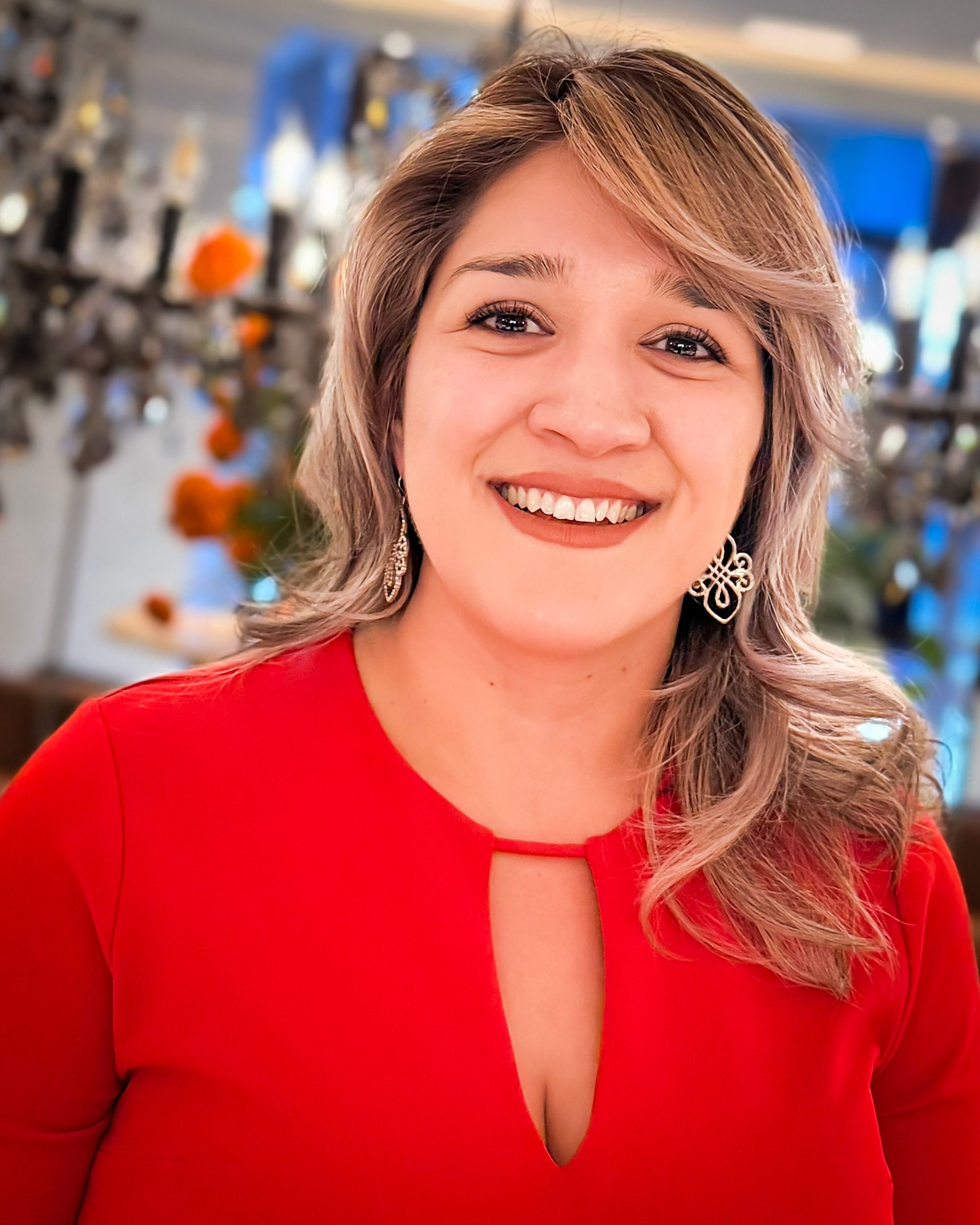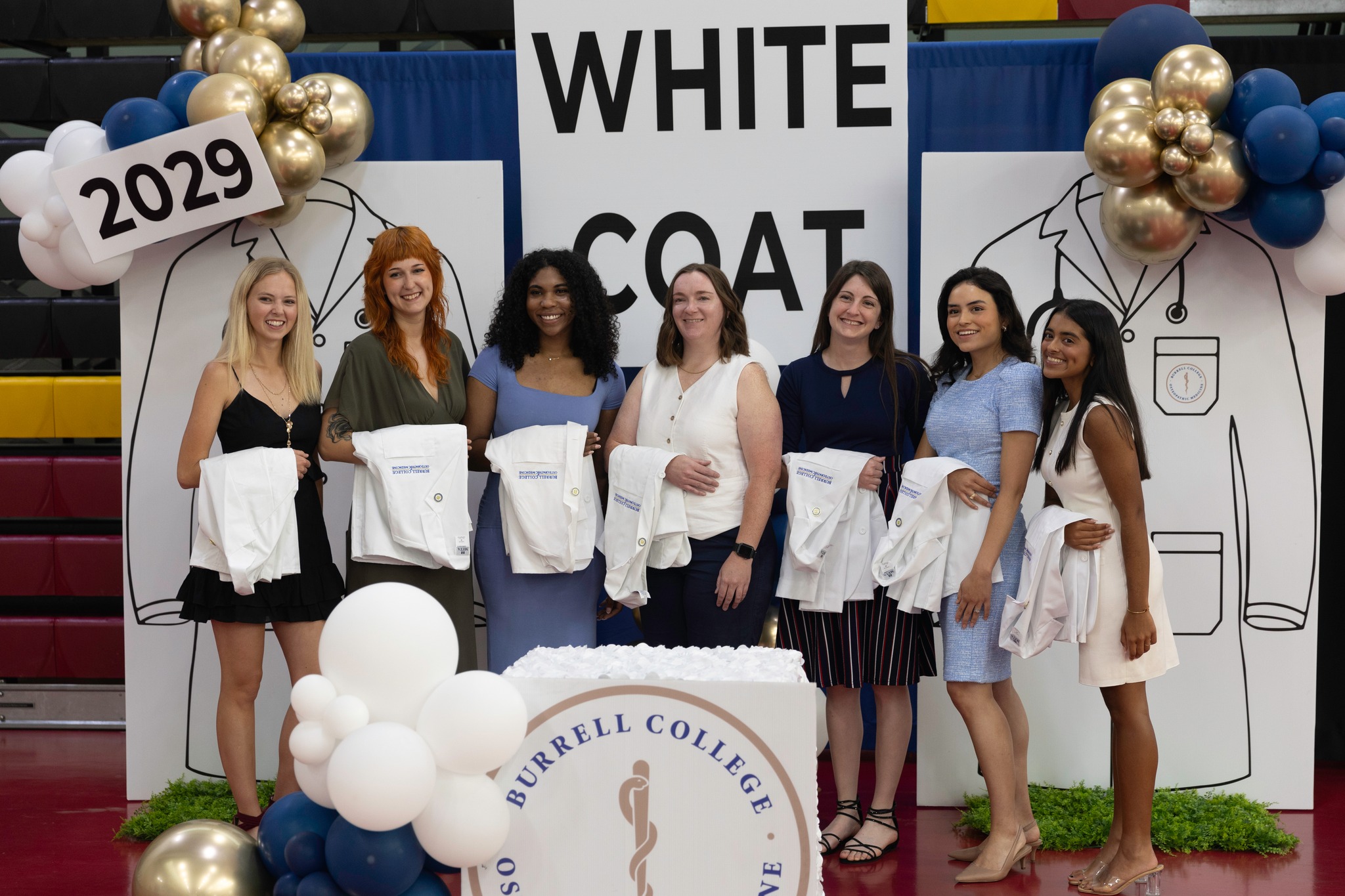
An ongoing research project, started by a group of students from the Burrell College of Osteopathic Medicine’s inaugural class, received a grant that will allow the study to continue for the next two years. In 2016, medical students Stephanie Ayala, Chris Hooshmand, Marlina Ponce de Leon, and Andrew Ortega approached BCOM professors Debra Bramblett, Ph.D., and Michael Woods, Ph.D., about conducting a study on Methicillin-resistant Staphylococcus aureus, more commonly known as MRSA.
According to the Centers for Disease Control and Prevention (CDC), MRSA is a type of staphylococcal bacteria that is resistant to many antibiotics. People can carry MRSA but not have signs of infection, but in others, it can cause severe problems including bloodstream infections and pneumonia, and if not treated, can lead to sepsis and death. The prevalence of MRSA is higher among healthcare workers than in the general population and the BCOM research team set out to determine how and when it comes to inhabit medical students.
“Our hypothesis is that medical students will have the same rate of MRSA colonization as the general population when they begin medical school, but as they become involved in more clinical and patient care activities, the medical students’ rate of colonization will go up,” explained Dr. Bramblett. “We hope this will lead to a better understanding of what causes colonization. Then, we can communicate with hospitals and other medical schools on how to better protect students and patients through better teaching practices.”
Nasal swabs are taken from the volunteer participants twice a year over the course of their four years of medical school. The participants are also required to fill out a survey providing their prior health history, their use of antibiotics, and demographic information. Dr. Bramblett said, “We hope to find some associations between certain demographics or places of employment or medical history which will inform us why certain people may become colonized or what variables affect the rate of colonization.”
The swabs are all sent to the University of Texas at El Paso where the samples are processed by Delfina Dominguez, Ph.D., to determine if they test positive for regular Staphylococcus infections or antibiotic resistant Staphylococcus. Dr. Bramblett said, “Our mission at BCOM extends to west Texas, so we are proud to form a collaboration with somebody in our extended community of El Paso.”
The first and second year medical students who have joined the study are Jessica Bonilla, Eli Johnson, Travis Lay, and Samantha Meza. Meza began assisting Dr. Dominguez on this project while she was a master’s degree student at UTEP and she is now continuing her participation as a first year medical student at BCOM. She and Bonilla both come from research backgrounds and they said this project is allowing them to practice their research skills, to include taking samples, recording data, and gaining proper consent from the subjects. Other students, like Johnson, are relatively new to medical research. He said this project has helped him gain insight into the practices and procedures of the Institutional Review Board, the administrative body that governs human subject research projects.

Due to funding concerns, the team wasn’t sure they would be able to continue their project through the intended four years of study, so they applied for and were recently selected as recipients of the Edward N. and Margaret G. Marsh Foundation grant. The Marsh Foundation provides funding for charitable, scientific, and educational purposes with preference given to medical research. The award of over $65,000 will be used to cover costs like the purchase of enzyme testing kits, and mailing costs to send and receive collection kits from students who are working outside of Las Cruces during their third and fourth year clinical clerkships.
Dr. Bramblett pointed out that while similar studies have been conducted at other colleges and universities, this type of research has never been done in the borderland region of El Paso, Las Cruces, and Juarez, Mexico. Dr. Bramblett explained, “We have a larger percentage of antibiotic resistant strains in the borderland region, on both sides of the border, so we expect our results to be different than what studies in other parts of the country have seen. That’s the exciting part; learning how our part of the world is different than the rest of the country or even other countries. And now, thanks to the Marsh Foundation grant, we can continue the project across all four years and really make some strong conclusions about what happens over time in a medical school setting.”
Eventually, the research team hopes to work with a medical school in Mexico to conduct a parallel study and compare results. Dr. Dominguez plans to continue the research beyond the scope of this study to determine which MRSA isolates are resistant to common household surface cleaners.
Lay said, “I joined this project because I was interested in doing a study on a subject that will directly affect me and my classmates. Maybe we will discover that we need to change our approach to interacting with patients to keep everyone safer. It’s exciting to be part of something that could really have an impact on us as medical students as we transition from the classroom to the clinical setting.”

